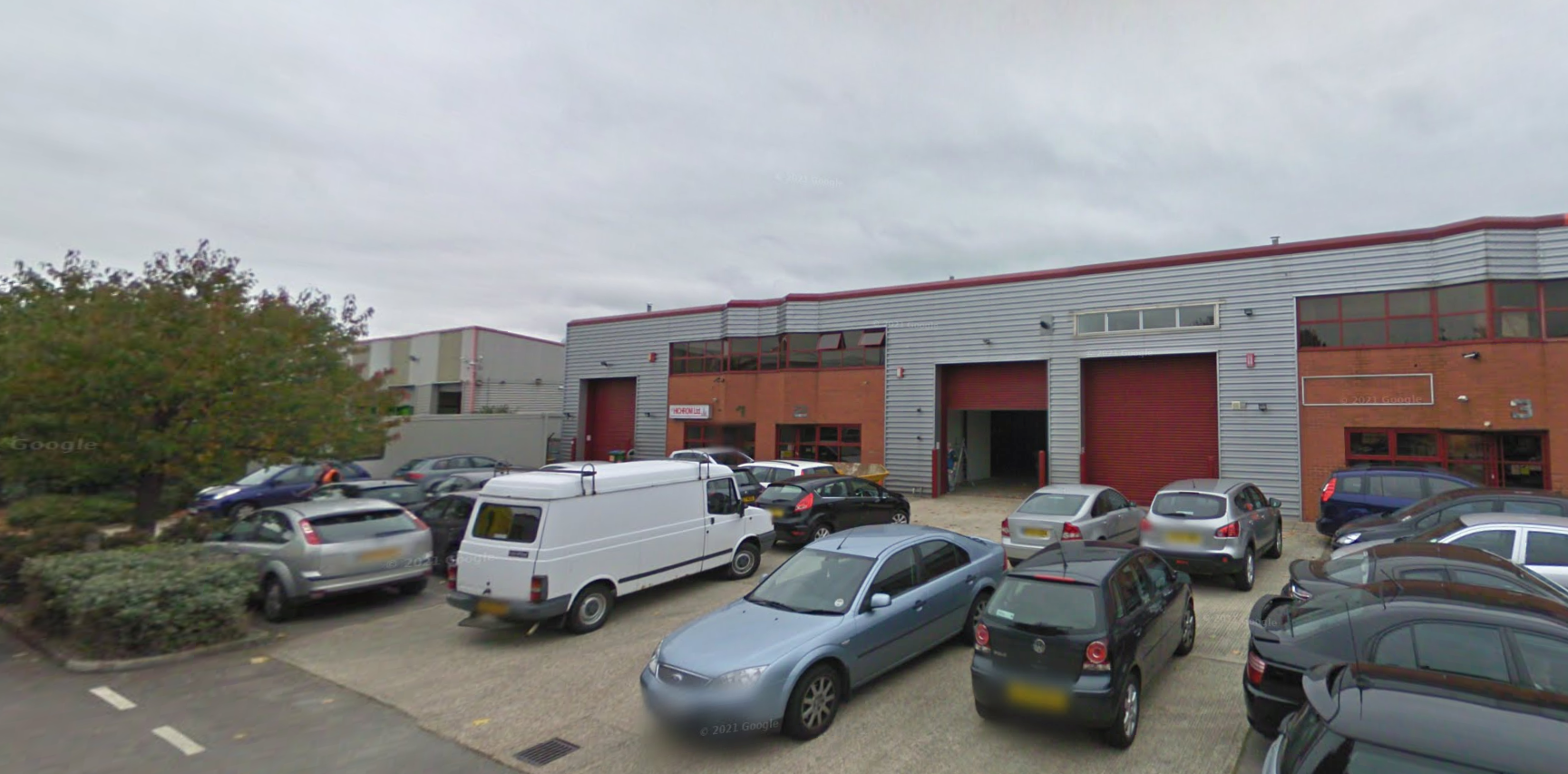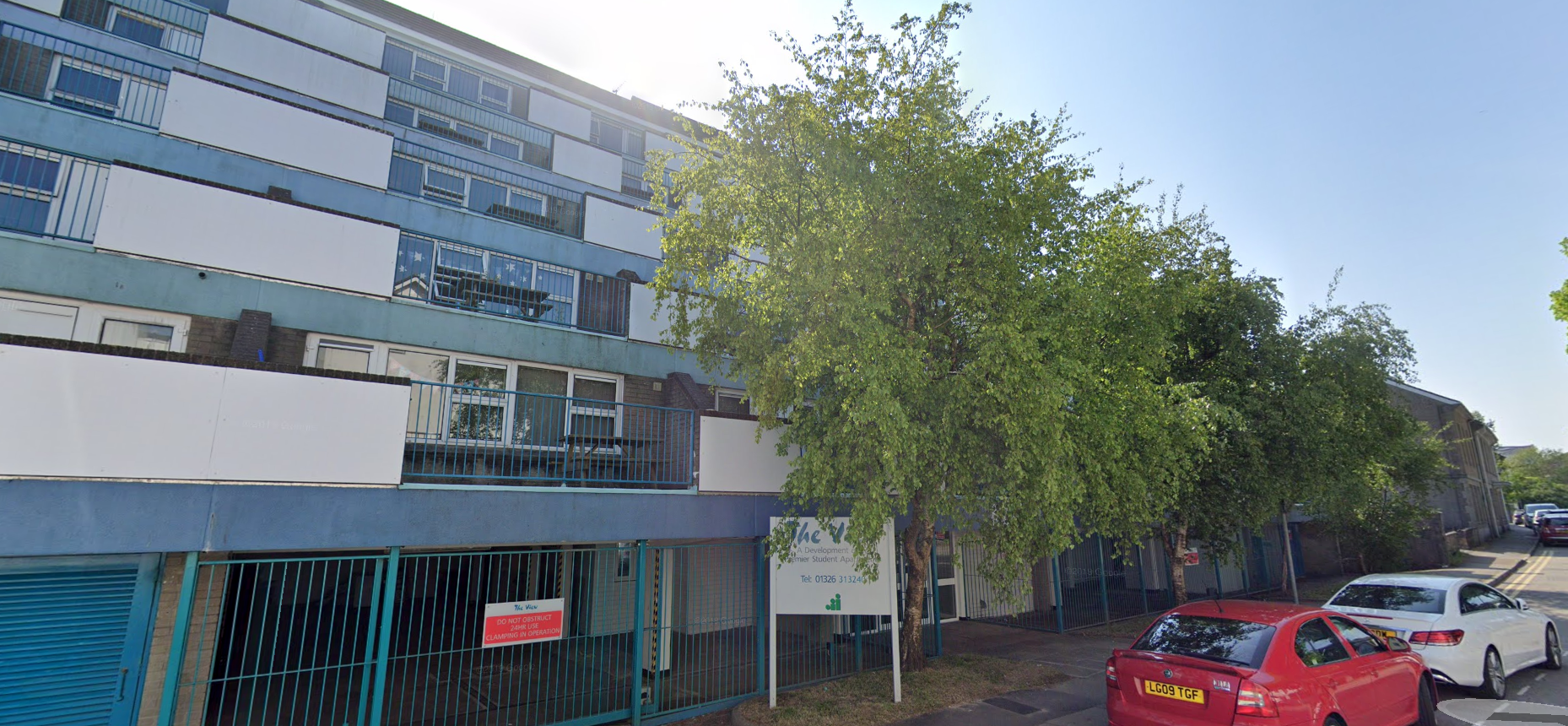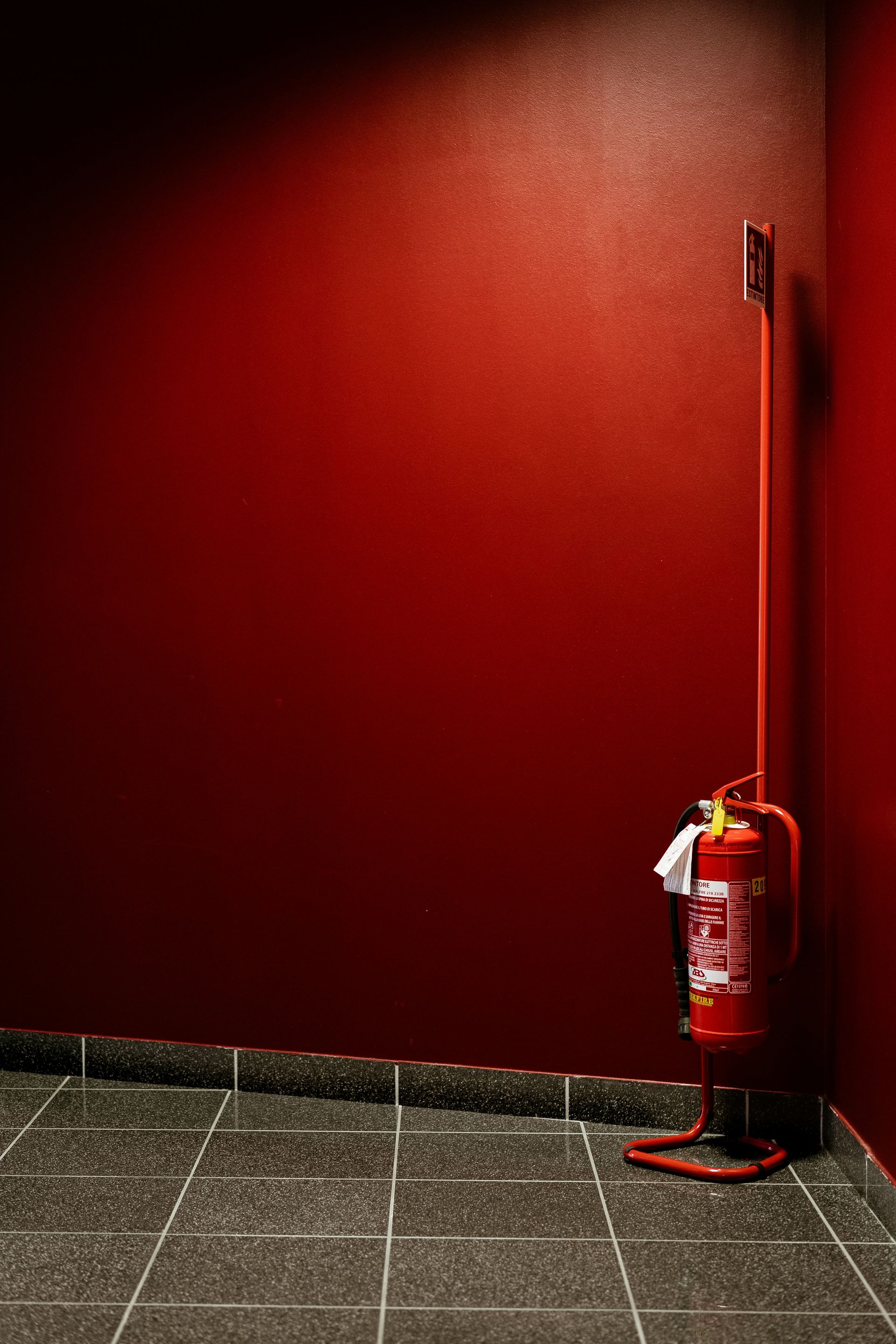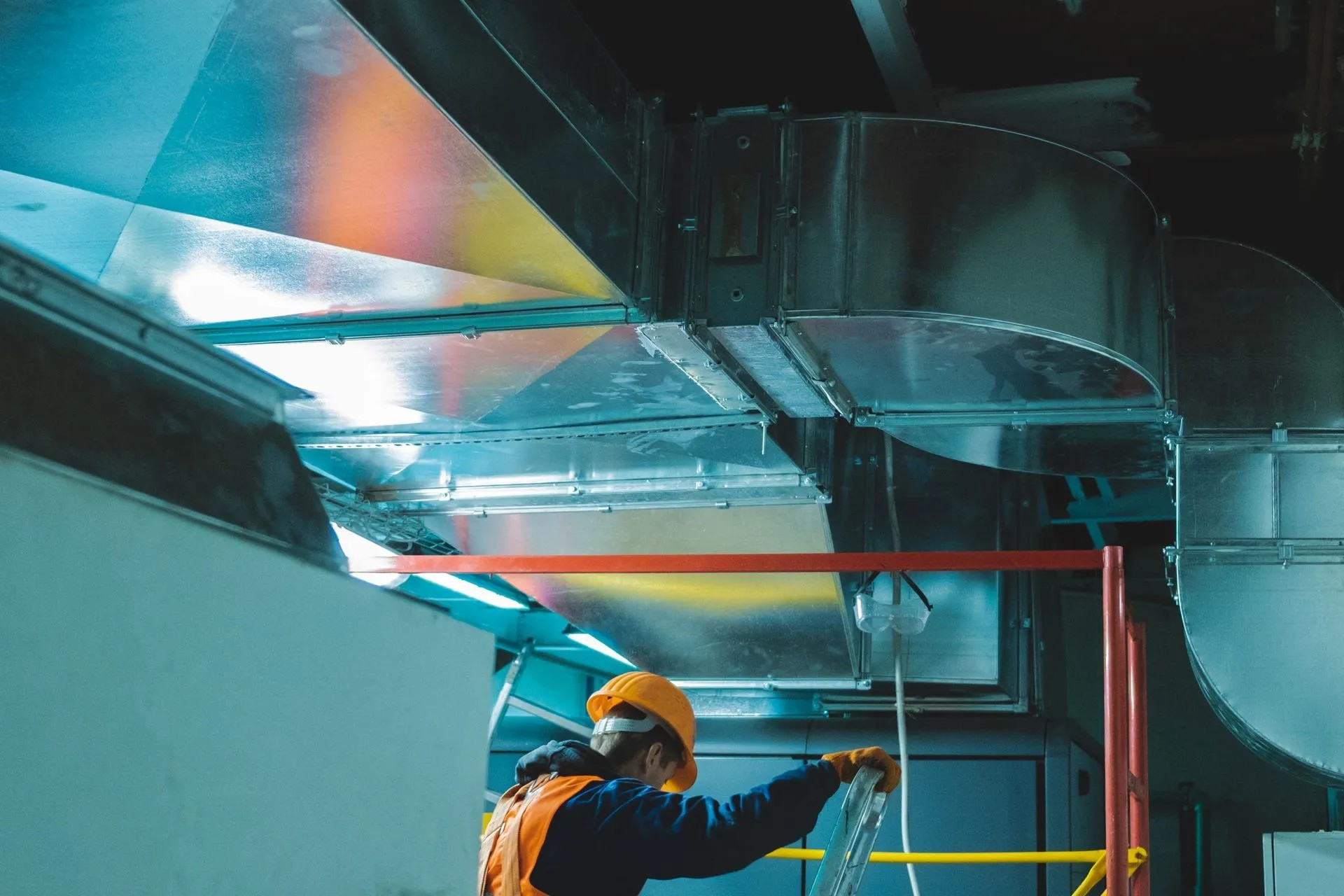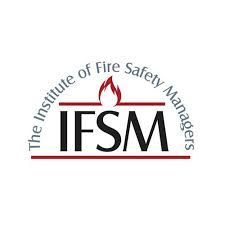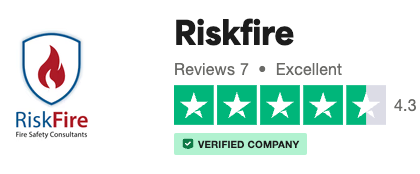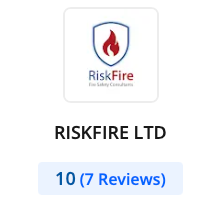Fire Door Surveys Uncovered: What Building Owners Need to Know - Risk Fire
This is a subtitle for your new post
Fire safety is not just about having the latest alarms or extinguishers in place; it’s about ensuring every component of your building is equipped to handle an emergency. Amongst these components, fire doors play an indispensable role. These silent guardians stand between safety and catastrophe, and their importance cannot be overstated. Yet, many building owners overlook the necessity of conducting regular fire door surveys. If you're responsible for a building, understanding the ins and outs of these surveys is crucial for compliance and safety.
Have you ever wondered if your fire doors are truly up to the task when it matters most?
Key Takeaways
- Fire door surveys are essential for occupant safety and regulatory compliance
- Regular inspections help identify and rectify potential weaknesses
- Key components like door frames, seals, and closers require thorough checks
- Common issues include misalignment and damaged seals, which compromise safety
- Prioritising repairs and maintaining detailed records ensures ongoing compliance
Understanding the Importance of Fire Door Surveys
Fire door surveys are a critical aspect of maintaining safety within any building. These surveys are not just a box-ticking exercise but a vital process to ensure that fire doors perform effectively during an emergency. Building owners carry the responsibility to maintain and regularly inspect these doors, preventing the spread of fire and smoke, which can be devastating.
Fire door inspections help in identifying potential weaknesses before they become hazards. Regular surveys allow owners to address minor issues that, if left unattended, could escalate into significant safety breaches. Additionally, compliance with UK fire safety regulations and standards often hinges on the routine inspection of fire doors, making these surveys indispensable for legal adherence.
Moreover, building insurance policies frequently demand evidence of routine fire door inspections. This requirement underscores the importance of these surveys, as they not only protect occupants but also safeguard the building owner from financial liabilities. In essence, fire door surveys are a cornerstone of passive fire protection, ensuring that the risk of fire is minimised and safety standards are upheld.
Key Components to Inspect During a Fire Door Survey
When conducting a fire door survey, it’s crucial to focus on specific components that ensure the door's effectiveness. The door frame, for instance, must be free from any signs of damage or misalignment. A misaligned frame can prevent the door from closing properly, which is vital in containing fire and smoke.
The door leaf, or the main body of the door, should be inspected for any warping, cracks, or damage. Even the slightest imperfection can compromise the door's integrity in a fire situation. Inspectors must also pay attention to the hinges, ensuring they are secure and intact. Loose hinges can lead to door malfunctions, rendering them ineffective during emergencies.
Another critical element is the condition of intumescent strips and smoke seals. These components expand under heat, sealing the gap between the door and the frame, and their proper functioning is essential for fire resistance. Finally, door closers should be tested to confirm they operate smoothly, guaranteeing that doors close fully without obstruction. Each of these components plays a pivotal role in the effectiveness of a fire doorset.
Common Issues Found During Fire Door Inspections
During fire door inspections, several common issues often come to light. Misaligned doors are a frequent problem that can prevent the door from closing properly, severely compromising fire safety. This misalignment is often due to wear and tear over time or improper installation.
Damaged or missing seals are another prevalent issue. These seals are crucial for containing smoke and fire, and any compromise can reduce the door's effectiveness significantly. Inspectors often find that worn or faulty hinges contribute to door malfunctions during emergencies, making it vital to address these issues promptly.
Blocked or obstructed escape routes present another significant safety risk. These routes must remain clear at all times to ensure quick and safe evacuation. Poor maintenance practices are often to blame for fire doors that do not meet current safety standards. Keeping up with regular visual inspections and fire door testing is essential to ensure compliance and safety.
Recommended Actions to Take After a Fire Door Survey
Once a fire door survey is complete, the next step is to act on the findings swiftly. Building owners should prioritise repairing any identified faults immediately. Delaying repairs can lead to increased risks and potentially higher costs if issues worsen over time.
Establishing regular maintenance schedules is key to ongoing compliance and safety. Routine checks and timely repairs ensure that fire doors remain in optimal condition, ready to perform when needed. Moreover, maintaining detailed records of inspections and repairs is crucial for regulatory purposes. These records provide evidence of compliance and can be invaluable during audits or inspections.
Staff training programs also play a vital role in fire door safety. Ensuring that everyone understands the protocols and the importance of fire door maintenance can prevent issues from arising. For complex issues, consulting with fire safety experts or qualified fire door inspectors may be necessary. Their expertise can guide you in addressing intricate problems and ensuring your building remains compliant.
Ensuring Compliance with Fire Safety Regulations
Compliance with fire safety regulations is non-negotiable for building owners. Familiarising yourself with the Regulatory Reform (Fire Safety) Order 2005 is a critical first step. This legal requirement mandates regular fire door inspections to ensure compliance with safety standards.
Fire safety officers can offer valuable guidance on meeting these regulatory standards. Their insights can help in navigating the complexities of fire safety compliance. Accurate documentation of inspections and repairs is essential during compliance checks. This documentation serves as proof of adherence to regulations and can protect against legal action.
Non-compliance can lead to severe penalties, including fines and potential legal action. Therefore, it’s in every building owner's best interest to stay informed and proactive in maintaining fire safety standards. By ensuring compliance, you not only protect your building and its occupants but also safeguard your interests as a responsible owner.
The Impact of Fire Doors on Building Safety
Fire doors significantly contribute to reducing the spread of fire and smoke within a building. They act as barriers, containing fires to specific areas and providing occupants with the necessary time to evacuate. Properly maintained fire doors enhance the overall safety of building occupants, making them indispensable assets in any fire safety strategy.
Effective fire door functionality can improve building evacuation times, a critical factor in ensuring occupant safety. By containing fires, these doors also help reduce potential fire damage, which can lead to lower insurance claims. Fire doors are often highlighted in building safety assessments as critical components of fire safety infrastructure.
In essence, the role of fire doors in fire compartmentation cannot be overstated. They are integral to any comprehensive fire risk assessment and play a significant role in ensuring that safety standards are met. A full fire door survey can help identify areas for improvement, enhancing the overall safety of the building.
Importance of Regular Fire Door Inspections
Routine fire door inspections are essential in keeping these vital components in optimal condition. Regular checks help identify issues early, preventing costly repairs down the line. Inspections provide peace of mind for building owners and occupants alike, knowing that safety measures are in place and functioning as intended.
Consistent maintenance supports long-term compliance with safety regulations, ensuring that fire doors remain effective in their role. Regular inspections can also minimise the risk of fire-related incidents in buildings, protecting both lives and property. Whether it’s annual checks or quarterly surveys, staying on top of fire door maintenance is a proactive step towards enhanced safety.
Best Practices for Conducting a Thorough Fire Door Survey
To conduct a thorough fire door survey, it’s important to enlist qualified professionals. Their expertise ensures that all aspects of the door’s functionality are assessed accurately. Comprehensive checklists can help ensure that no critical component is overlooked during inspections.
Photographic documentation can support findings and subsequent repairs, providing a visual record of the door's condition. Open communication with building occupants is also beneficial, as it helps address any fire safety concerns they may have. Staying informed about the latest fire safety innovations can enhance survey practices, ensuring that your building remains at the forefront of safety standards.
In conclusion, fire door surveys are an integral part of maintaining building safety and compliance. By understanding the importance of these surveys and implementing best practices, you can help protect your building, its occupants, and your interests as an owner.
Are your fire doors ready to stand the test when it truly counts? Engage with us in the comments below to share your thoughts and experiences.
Frequently Asked Questions
What is a fire door survey?
A fire door survey is a thorough inspection of all fire doors in a building to assess their condition, functionality, and compliance with fire safety regulations. This survey helps building owners identify any issues or deficiencies that need to be addressed to ensure the effectiveness of the fire doors in the event of a fire.
Why is a fire door survey important?
A fire door survey is important because it helps building owners ensure the safety of occupants in case of a fire. Properly functioning fire doors can prevent the spread of smoke and flames, providing valuable time for evacuation and reducing property damage. Regular surveys also help identify maintenance needs and ensure compliance with fire safety regulations.
Who should conduct a fire door survey?
A fire door survey should be conducted by a qualified and experienced professional who has the necessary knowledge and expertise in fire safety regulations and door inspections. It is important to hire a competent surveyor to ensure an accurate assessment of the condition of the fire doors and to receive reliable recommendations for maintenance or upgrades.
How often should fire door surveys be carried out?
Fire door surveys should be carried out regularly to ensure the ongoing safety and effectiveness of the fire doors in a building. It is recommended to conduct surveys at least annually, or more frequently if there have been any changes to the building or its usage. Regular inspections help identify potential issues early on and prevent any safety hazards.
What are the common issues found during a fire door survey?
During a fire door survey, common issues that may be found include damaged or missing door components, improper installation, gaps around the door frame, faulty closing mechanisms, and signs of wear and tear. These issues can compromise the integrity of the fire door and its ability to contain smoke and flames in the event of a fire. It is important to address these issues promptly to maintain the safety of the building occupants.
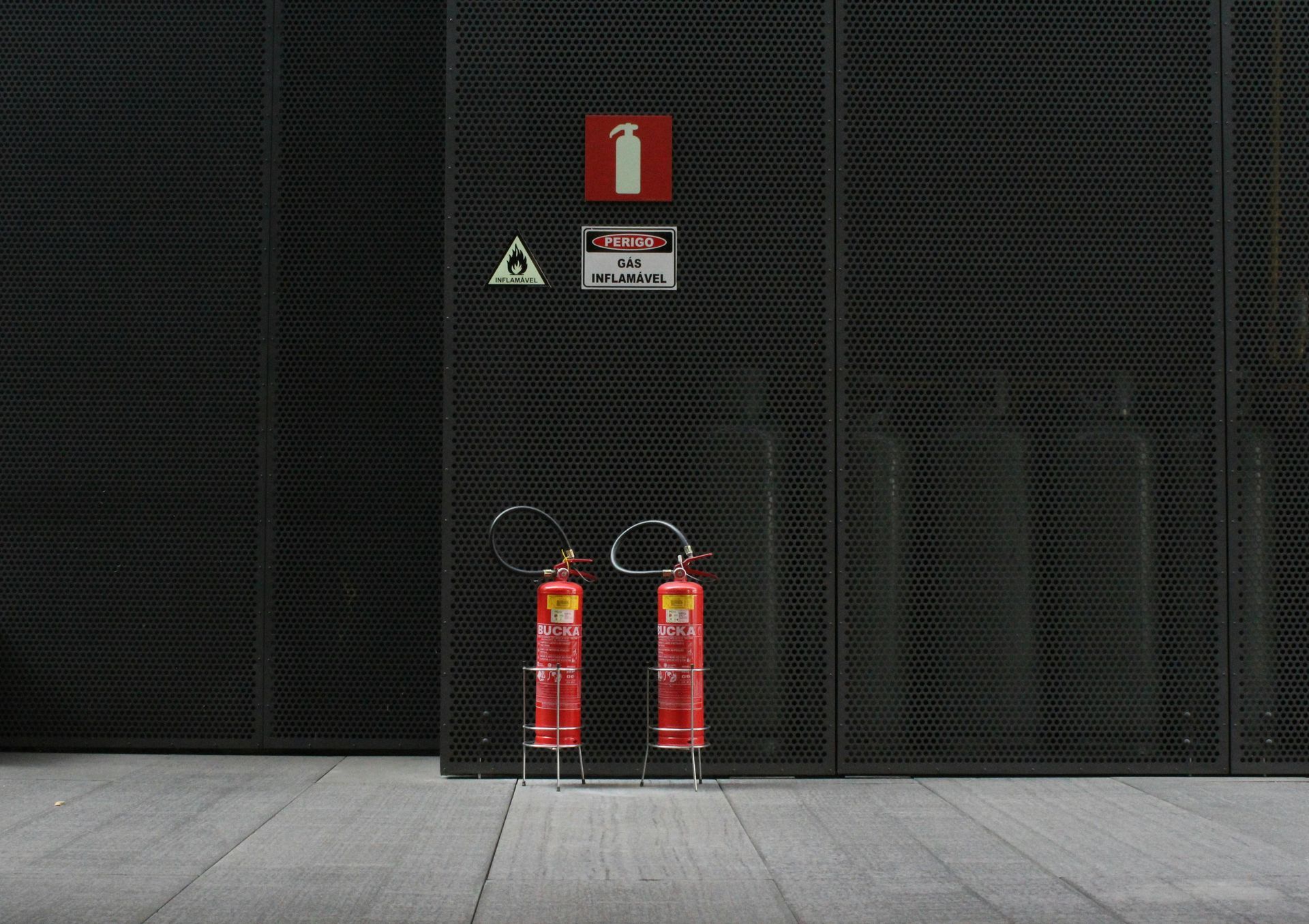
Contact us below and get your free quote!
We will get back to you as soon as possible.
Please try again later.
